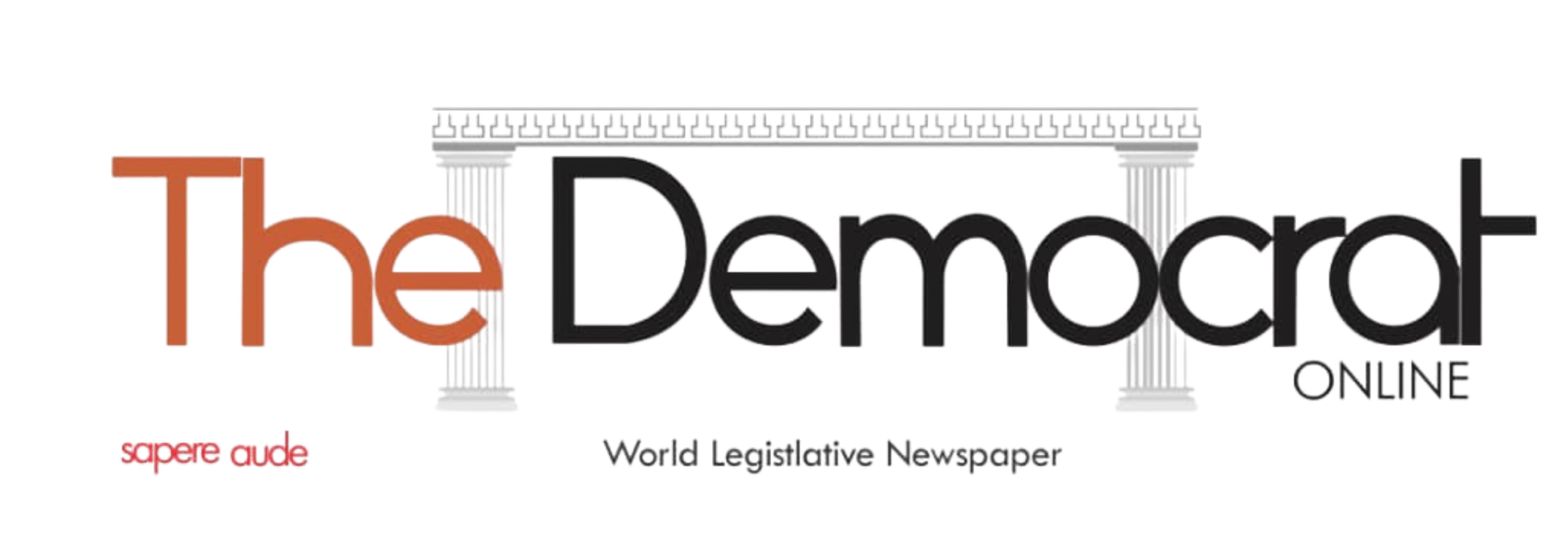The financial data on balance sheets helps you determine your company’s financial performance, which is essential for guiding future financial transactions and business decisions. Using the data you gain from keeping a ledger, your next step will be to generate and prepare financial reports for analysis. The major reports to include are the profit and loss, the balance sheet, and a cash flow analysis.
Principles of Accounts Payable and Receivable Management
The income statement records revenue and https://www.ournhs.info/figuring-out/ expenses over a period, showing profit or loss. The cash flow statement tracks cash inflows and outflows, highlighting liquidity. Key elements include keeping detailed records, understanding financial statements, and using trial balances and charts of accounts. Bookkeepers use a chart of accounts to see all of the accounts in a company’s general ledger. In many instances, an accountant prepares the initial chart, and the bookkeeper references it while recording transactions.
Step 4: Prepare your business’s financial statements
Nearly half (42 %) admit they had limited or no financial literacy before launching their venture. Building a solid foundation in bookkeeping helps you organize receipts and reconcile accounts, and equips you to interpret your business’s financial health to avoid costly mistakes. Courses typically last around six weeks, https://stephanis.info/page/7/?openidserver=1 and require about eight hours of studying per week. One of the most important bookkeeping basics is to stay consistent and stick to the schedule you’ve established for your business.
Selecting an inappropriate accounting method
If your business is still small, you may opt for cash-basis accounting. If you carry inventory or have accounts payable and accounts receivable, you’ll likely use accrual accounting. Bookkeeping is a critical part of managing your business’s financial health. A bookkeeper records and organizes financial transactions to ensure accurate reporting of your business’s income and expenses.
Bookkeeping Basics: How to Balance the Books
Proper bookkeeping is a key measure that can significantly improve survival rates for small businesses. As you learn more about bookkeeping, use the opportunity to build or strengthen key technical and workplace skills needed to be successful in this role. There are several types of bookkeeping and which one you use will depend on the size of the business.
- Although a specific educational background is not needed to become a bookkeeper – unless required by employers – candidates can largely benefit by completing a bookkeeping certification program.
- At its core, bookkeeping is all about keeping track of and maintaining accurate records of a business’s finances.
- A. Single-entry bookkeeping records each transaction once, while double-entry bookkeeping records transactions twice—as a debit and a credit.
- These principles provide a framework that ensures consistency, reliability, and transparency in financial reporting.
As a beginner, getting the hang of the double-entry process can be challenging. Capture details like the amount, expense account, and source of funds. You can modify what is provided to fit the needs of https://3ar.us/2021/04/page/61/ your small business. It recognizes revenue and expenses when they occur, regardless of whether payment has been received or made. As a beginner, you might not check the integration capabilities of an accounting platform.
Mixing business and personal expenses
At the end of the period, you’ll “post” these entries to the accounts themselves in the general ledger and adjust the account balances accordingly. Remember, it’s crucial that each debit and credit transaction is recorded correctly and in the right account. Otherwise, your account balances won’t match—which means you don’t have an accurate understanding of where your business actually stands financially.



